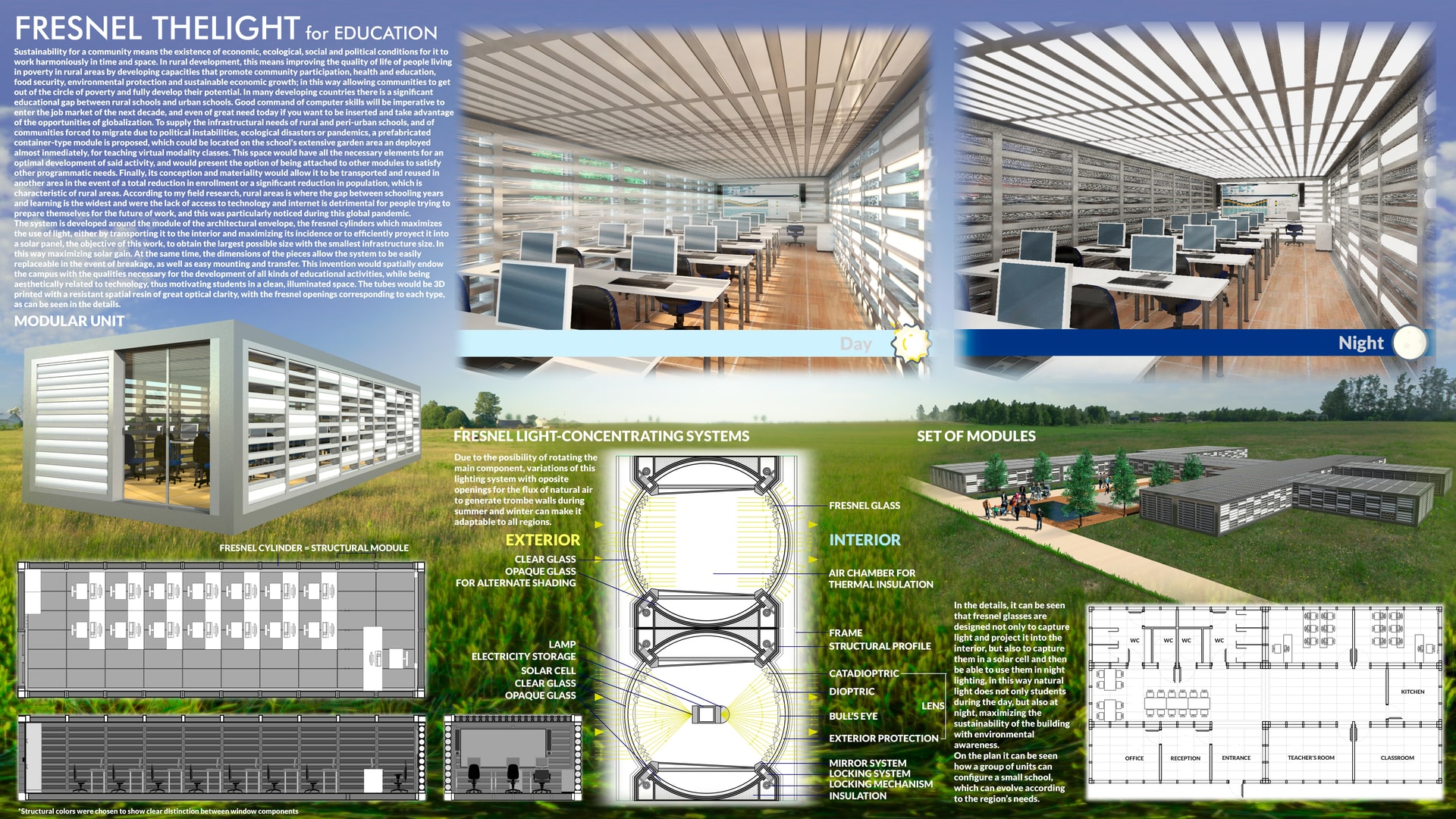Project Description
Sustainability for a community means the existence of economic, ecological, social and political conditions for it to work harmoniously in time and space. In rural development, this means improving the quality of life of people living in poverty in rural areas by developing capacities that promote community participation, health and education, food security, environmental protection and sustainable economic growth; in this way allowing communities to get out of the circle of poverty and fully develop their potential. In many developing countries there is a significant educational gap between rural schools and urban schools. Good command of computer skills will be imperative to enter the job market of the next decade, and even of great need today if you want to be inserted and take advantage of the opportunities of globalization. Currently, one of the greatest challenges facing our societies is the eradication of poverty, which limits the freedom that people have to decide what kind of life they want to live. According to ECLAC data, around 60% of the rural population in Latin America is in poverty. Furthermore, studies show that, in the next two decades, the majority of the population living in developing countries will continue to be rural; This means that, during this period, the development challenge will continue to be associated in part with rural trends and conditions. Accordingly, achieving the sustainable development goals set by the United Nations, especially in relation to poverty reduction and basic education, will require special emphasis in rural areas and displaced populations. To supply the infrastructure needs of rural and peri-urban schools, and of communities forced to migrate due to political instabilities or ecological disasters, a prefabricated container-type module is proposed, which could be located on the school's extensive garden area, for teaching virtual modality classes. This space would have all the necessary elements for an optimal development of said activity, and would present the option of being attached to other modules to satisfy other programmatic needs. Finally, its conception and materiality would allow it to be transported and reused in another area in the event of a total reduction in enrollment or a significant reduction in population, which is characteristic of rural areas. The system is developed around the module of the architectural envelope, the fresnel cylinders, the objective of this work, to obtain the largest possible size with the smallest infrastructure size. In this way maximizing solar gain. At the same time, the dimensions of the pieces allow the system to be easily replaceable in the event of breakage, as well as easy mounting and transfer. This invention would spatially endow the campus with the qualities necessary for the development of all kinds of educational activities, while being aesthetically related to technology, thus motivating students which nowadays have great learning gaps to correct. The tubes would be 3D printed with a resistant spatial resin of great optical clarity, with the fresnel openings corresponding to each type, as can be seen in the details. Due to the posibility of rotating the main component, variations of this lighting system with oposite openings for the flux of natural air to generate trombe walls during summer and winter can make it adaptable to all regions. In the details, it can be seen that fresnel glasses are designed not only to capture light and project it into the interior, but also to capture them in a solar cell and then be able to use them in night lighting, in this way natural light does not only students during the day, but also at night, maximizing the sustainability of the building with environmental awareness. On the plan it can be seen how a group of units can configure a small school, which can evolve according to the region’s needs. Classes will be taught by specialized teachers in each area, either face-to-face or virtual. In the cases that the virtual modality is necessary, there will be a teacher present to solve possible technical difficulties and control the behavior of the students. Depending on the human resources available, said teacher will be trained at least at a basic level in the area being taught. The proposal to incorporate virtual live classes is a strategy to get classes taught by trained teachers who would not otherwise do so because they had to move or even live intermittently on site. In this way, in the event that they are not willing to travel the necessary distances to reach rural locations, they can teach from the comfort of their office or from their own home. What is more, for example, in case of rains or road cuts, classes would not be canceled since the teacher should not be exposed to these factors, in this way guaranteeing that the kids will always have classes.
